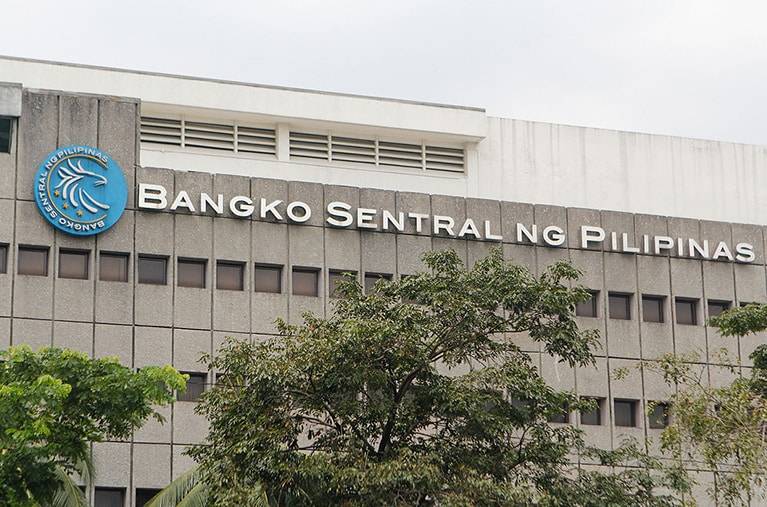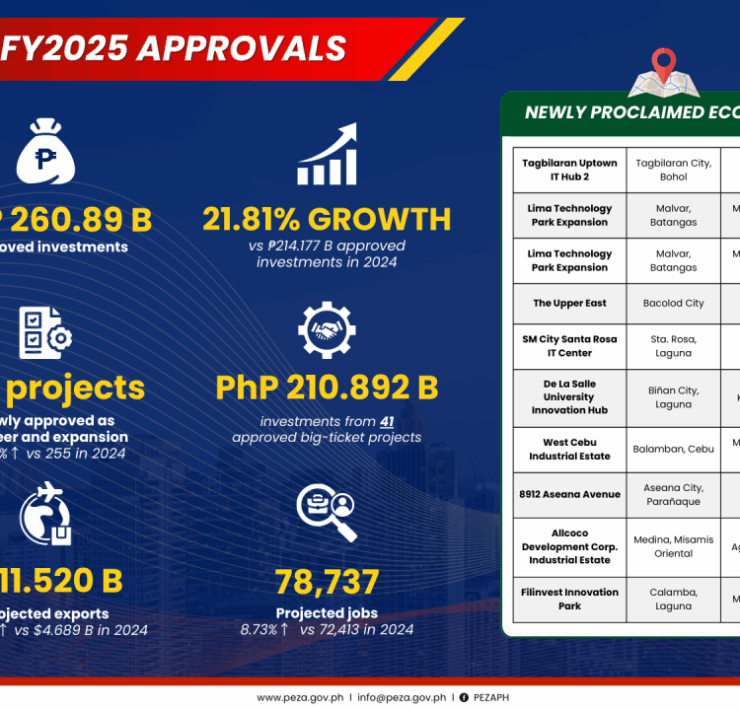2 more BSP rate cuts seen in 2024

A maximum of three rate cuts are likely on the table this year as softer inflation and robust growth give the Bangko Sentral ng Pilipinas (BSP) enough room to pull off a “soft takeoff” for consumption and investments, Metrobank said.
In a commentary, Nicholas Mapa, chief economist at Metrobank, said he was sticking to his “2 +1” rate cut projection that is penciling in two easing moves this year but with a possibility of a third reduction.
Mapa said 75 basis points (bps) worth of rate cuts could be slated for 2025 which, if realized, would bring the BSP’s benchmark rate to 5 percent by the middle of next year from the current level of 6.25 percent.
Within target
“Given the BSP’s forecasts pointing to inflation remaining within target all the way through to 2026, we believe that BSP has the price stability objective in hand for the moment,” he said.
“The latest GDP (gross domestic product) growth numbers plus the BSP’s own forecasts pointing to growth staying below 6 percent this year and the next suggest that the BSP does have scope to ease off the brake pedal and shift to the accelerator at a ‘measured pace,’” he added.
Easing cycle
At its Aug. 15 policy meeting, the powerful Monetary Board (MB) decided to cut the BSP’s policy rate by 25 basis points (bps) to 6.25 percent, the first easing move in nearly four years.
The decision of the BSP came after government data showed inflation had accelerated to 4.4 percent in July, the first time this year that price gains had pierced through the central bank’s 2 to 4 percent target range.
The BSP’s action also took into account the 6.3-percent year-on-year economic growth in the second quarter.
In a statement, the MB said the BSP would aim for a “calibrated” shift to an easy monetary policy stance.
That means the current easing cycle would be a “gradual” one, Governor Eli Remolona Jr. said without ruling out the possibility of another 25-bp reduction either at the October or December policy meeting of the MB.
Moving forward, Metrobank’s Mapa said the rate cuts and upcoming reduction in the reserve requirement ratio (RRR) would help perk up credit growth, especially to businesses.
“Reductions to the RRR should result in even more excess liquidity, but unless we see policy rates lowered further, we may have to get used to industry growth rates for productive lending and single-digit growth levels for a little longer,” he said.





















